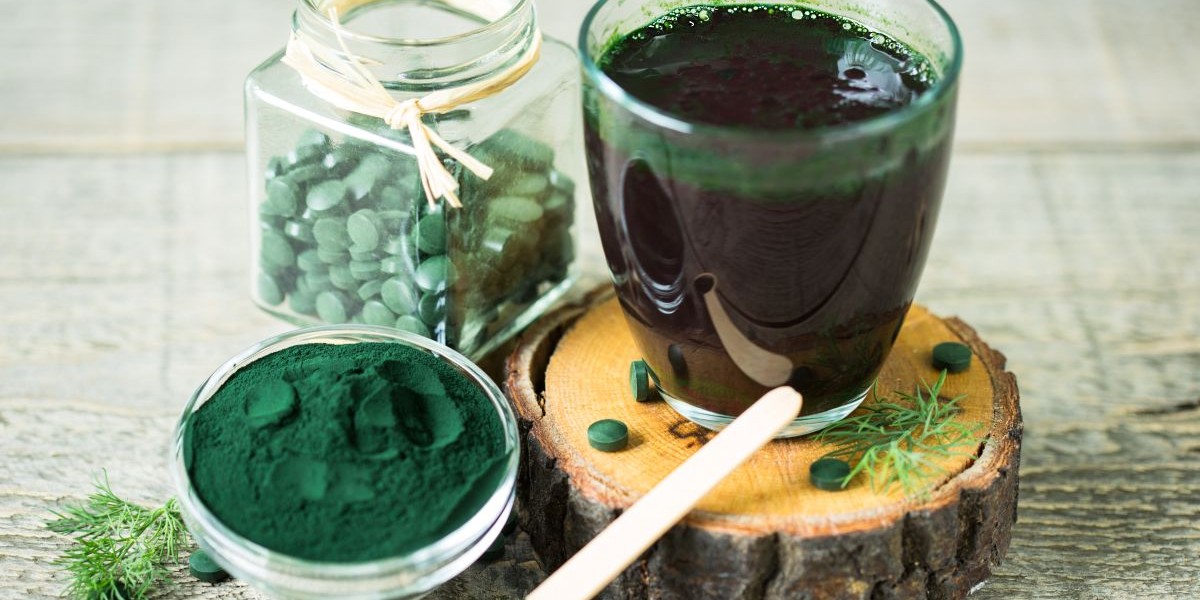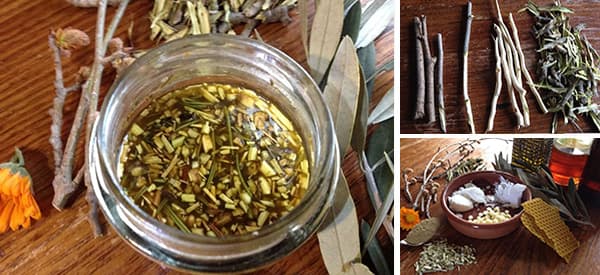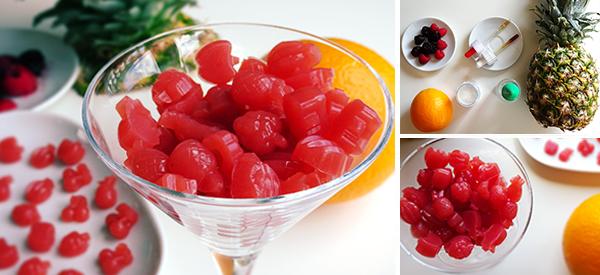
Spirulina
A Forgotten Superfood From Nature’s Waters
For centuries, spirulina has quietly thrived in lakes and ponds, serving as nourishment long before the term superfood ever existed. This deep blue-green algae, once harvested by the Aztecs and African tribes, has now found its way back into the spotlight as one of the most nutrient-dense natural foods known to man.
Rich in chlorophyll, protein, and essential fatty acids, spirulina bridges the gap between food and medicine, strengthening the body, cleansing the blood, and reviving vitality from within.
Identification
Spirulina is a microscopic, spiral-shaped blue-green algae that grows naturally in alkaline freshwater lakes, ponds, and warm shallow waters. Under the microscope, its form appears as delicate, coiled filaments that give it its name. To the naked eye, it looks like a fine greenish film floating on the surface of the water. When dried, it becomes a deep green powder with a mild earthy or sea-like scent. Spirulina thrives in sunlight and warm temperatures, often forming dense blooms that turn the water into a rich emerald hue.
Health Benefits of Spirulina
Spirulina’s impressive nutrient profile gives it a wide range of therapeutic effects on the body. Just a small spoonful can offer more nutrition than a plate of greens.
1. Supports Energy and Stamina
Spirulina contains a complete protein structure and iron, both crucial for combating fatigue and supporting oxygen transport. It also provides B vitamins that help convert food into energy naturally, without the crash that comes from caffeine or sugar.
2. Detoxifies the Body
Its rich chlorophyll content helps bind and remove heavy metals, especially arsenic and mercury. Spirulina also promotes healthy liver function, one of the body’s main detox pathways, allowing it to filter toxins more efficiently.
3. Strengthens the Immune System
This tiny algae is packed with antioxidants such as phycocyanin, beta-carotene, and vitamin E. Together, they help protect cells from oxidative stress, reduce inflammation, and enhance immune defenses against common infections.
4. Supports Heart Health
Regular consumption of spirulina may help lower LDL cholesterol and triglyceride levels while raising HDL, the “good” cholesterol. Its potent antioxidants also help prevent arterial damage, supporting long-term cardiovascular wellness.
5. Promotes Healthy Skin and Eyes
The beta-carotene and essential fatty acids in spirulina help rejuvenate skin cells and protect against oxidative damage. It’s also beneficial for maintaining clear vision and reducing eye fatigue caused by prolonged screen exposure.
Related: Why You Should Rub Honey On Your Skin
Spirulina in Natural Medicine
Traditional healers valued spirulina as a rejuvenating tonic and nutrient booster, especially for the weak, malnourished, or recovering. Today, herbalists use it to support energy, cleanse the blood, and strengthen immunity during seasonal changes.
In modern natural medicine, spirulina is often used:
- As a daily supplement for overall vitality
- To support detox programs or fasting regimens
- To aid recovery after illness, surgery, or anemia
- In smoothies or juices to enhance nutrition naturally
For those who prefer a whole-food approach, powdered spirulina can be added to green juices, soups, or even homemade energy bars.
How to Grow or Source Spirulina
Spirulina thrives in alkaline freshwater environments under full sunlight. While home cultivation requires care and the right conditions, small-scale kits are now available for personal use.
If growing your own, ensure clean, chemical-free water and a pH around 9 to 11. Harvesting is done by filtering the fine algae and drying it gently in the sun or at low temperatures to preserve its nutrients.
For most people, high-quality spirulina from trusted organic sources is the best option. Look for deep green powder with a mild, ocean-like scent, not a strong or fishy odor, which can indicate contamination or poor processing.
Spirulina vs. Chlorella: A Quick Comparison
| Feature | Spirulina | Chlorella |
| Type | Blue-green algae (cyanobacteria) | Green algae |
| Cell Structure | No hard cell wall (easy to digest) | Has tough cell wall (requires processing) |
| Nutrient Focus | Higher in protein and phycocyanin | Higher in chlorophyll and detox compounds |
| Iron & B Vitamins | Naturally rich | Moderate |
| Use | Energy, immune, and protein support | Detoxification and heavy metal cleansing |
Many herbalists recommend combining both for a balanced detox and nutritional boost.
How to Use Spirulina
The simplest way to enjoy spirulina is as a daily supplement, 1 to 2 teaspoons of powder mixed into smoothies or water. It can also be taken as tablets or capsules if you dislike the taste.
Try blending it with lemon, pineapple, or orange juice to mask its earthy flavor. You can also sprinkle it over salads, mix it into soups, or incorporate it into homemade energy balls for a nutritious snack.
Tip: Always start with small amounts (½ teaspoon daily) and increase gradually. Spirulina’s cleansing effects can be powerful, and your body may need time to adjust.
Cautions and Considerations
Although generally safe, spirulina should be avoided if you:
- Have autoimmune conditions, as it may overstimulate immunity
- Are pregnant or nursing without consulting a professional
- Have phenylketonuria (PKU), as it contains phenylalanine
Also, beware of low-quality or non-organic products, as contaminated sources may contain heavy metals or microcystins, toxins harmful to the liver.
Final Thoughts
Spirulina is one of nature’s purest gifts, a concentrated source of life-sustaining nutrients that supports nearly every system in the body.
While modern supplements often come in synthetic forms, this ancient algae reminds us that the best nourishment still comes from nature itself. Whether you take it for energy, detox, or daily balance, spirulina reconnects you to the healing simplicity of real food.
Discover More in The Forgotten Home Apothecary
If you’re drawn to natural healing and want to explore remedies that nourish your body the way nature intended, The Forgotten Home Apothecary is a wonderful place to begin. This beautifully crafted book revives the knowledge of herbal medicine once passed down through generations, practical, time-tested, and deeply rooted in self-reliance.
Inside, you’ll find recipes for tinctures, salves, and teas that use herbs you can grow, forage, or already have in your kitchen. Each page guides you through safe and effective ways to treat common ailments, restore balance, and strengthen your immune system using plants and natural ingredients.
In a world where modern medicine often overlooks the power of nature, The Forgotten Home Apothecary reconnects you with the simple wisdom of traditional healing. It’s a reminder that the path to better health often begins right outside your door, in the plants that have been waiting for us to remember them.
You may also like:
The Herbal Salve That Can Save Your Skin (Video)









